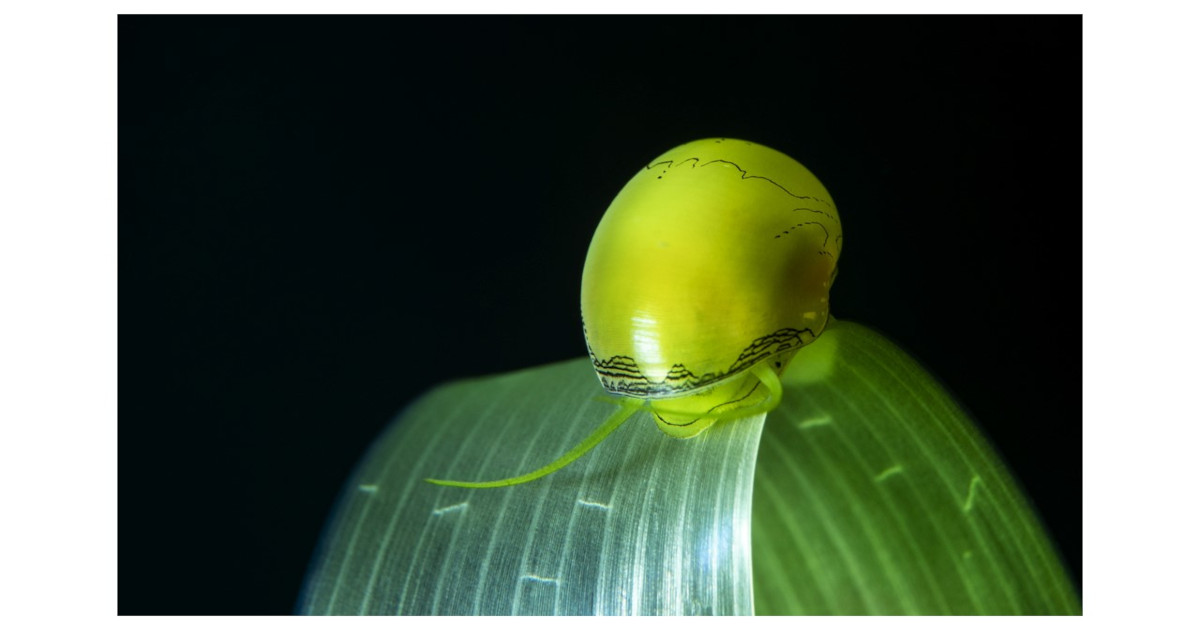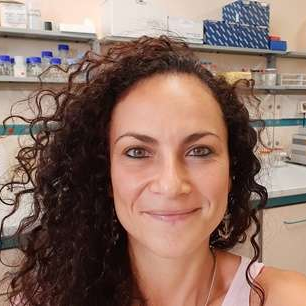Systematics and Evolution of Gastropods
A special issue of Diversity (ISSN 1424-2818). This special issue belongs to the section "Animal Diversity".
Deadline for manuscript submissions: closed (30 April 2023) | Viewed by 25050

Special Issue Editors
Interests: morphology; ecology; DNA-taxonomy; phylogeny and biogeography; marine ecology; Mollusca; environmental science, biological science
Special Issue Information
Dear Colleagues,
Gastropoda is unquestionably one of the most diverse groups of animals, distributed worldwide and adapted to nearly every ecosystem, from terrestrial mountains to the ocean depths and freshwater habitats, from polar to tropical areas. This class shows the most diverse radiation of the phylum Mollusca, with approximately 70,000 described living species—nearly 75% of the total species of the Mollusca. Gastropods are characterized by high heterogeneity in terms of morphology and function, most of them having a shell as their main characteristic feature, and with some specialized groups that have reduced or completely lost this shell in the adult stage during their evolution.
In recent decades, the increasingly used methods of molecular analysis have made it possible to better understand and reconstruct the evolutionary history of many groups. In fact, thanks to advanced integrative systematic analyses, several cryptic or new species have been unveiled and described, and incorrect morphological interpretations made in the past have been molecularly investigated and resolved. Anyway, although many technological improvements in molecular biology have been made, the evolutionary history of some groups of gastropods remains only partially resolved.
For this reason, the goal of this Special Issue is to advance our current understanding and knowledge of the systematics and evolution of this complicated and attractive group of molluscs, through publishing original articles investigating the taxonomy, systematics, phylogeny and evolution of any group of Gastropoda at different taxonomic levels.
We look forward to your contributions.
Dr. Giulia Furfaro
Prof. Dr. Paolo Mariottini
Guest Editors
Manuscript Submission Information
Manuscripts should be submitted online at www.mdpi.com by registering and logging in to this website. Once you are registered, click here to go to the submission form. Manuscripts can be submitted until the deadline. All submissions that pass pre-check are peer-reviewed. Accepted papers will be published continuously in the journal (as soon as accepted) and will be listed together on the special issue website. Research articles, review articles as well as short communications are invited. For planned papers, a title and short abstract (about 100 words) can be sent to the Editorial Office for announcement on this website.
Submitted manuscripts should not have been published previously, nor be under consideration for publication elsewhere (except conference proceedings papers). All manuscripts are thoroughly refereed through a single-blind peer-review process. A guide for authors and other relevant information for submission of manuscripts is available on the Instructions for Authors page. Diversity is an international peer-reviewed open access monthly journal published by MDPI.
Please visit the Instructions for Authors page before submitting a manuscript. The Article Processing Charge (APC) for publication in this open access journal is 2600 CHF (Swiss Francs). Submitted papers should be well formatted and use good English. Authors may use MDPI's English editing service prior to publication or during author revisions.
Keywords
- taxonomy
- systematic
- phylogeny
- evolution
- Gastropoda
- Mollusca






